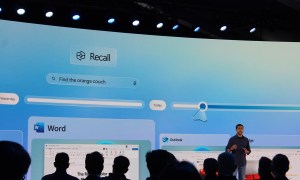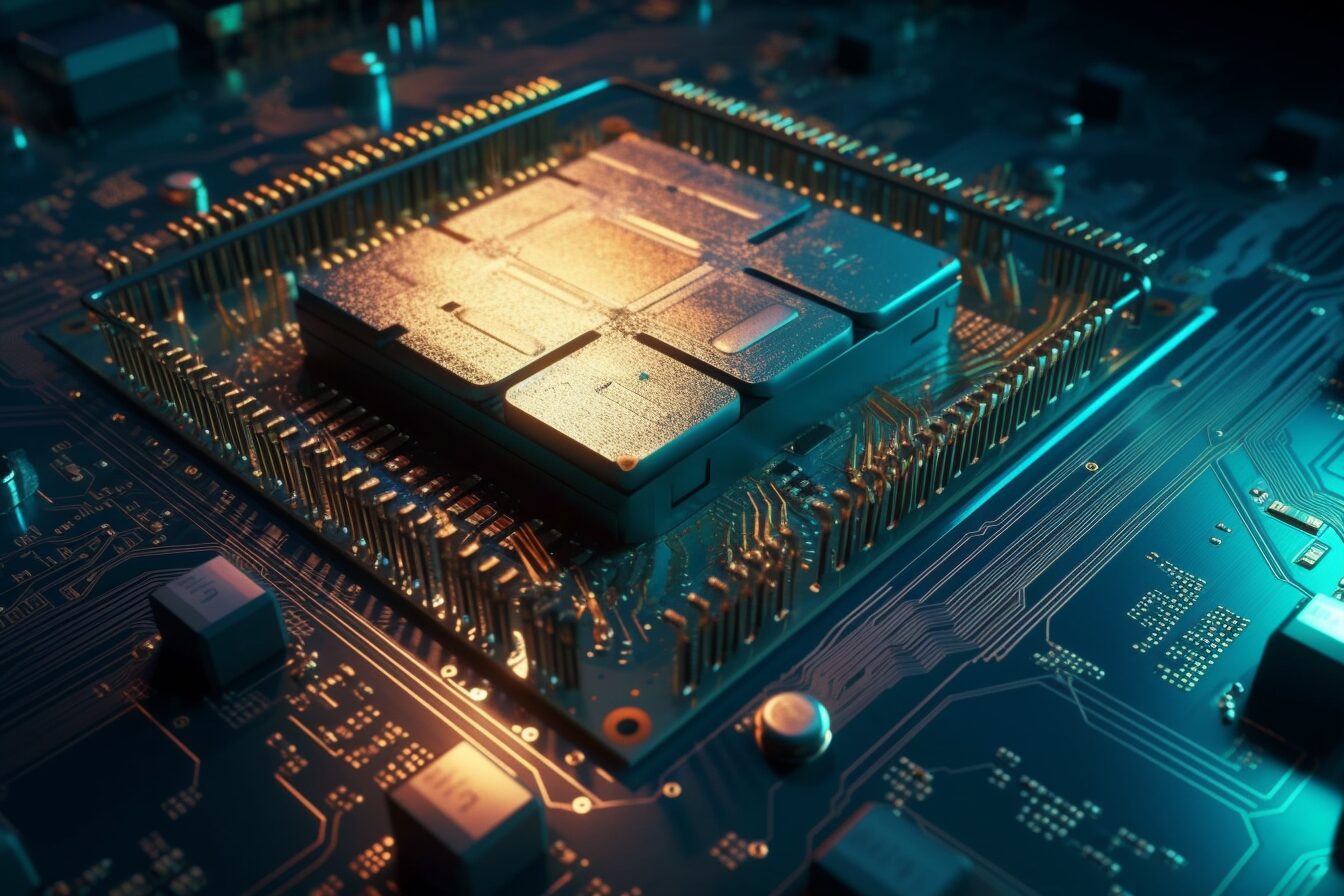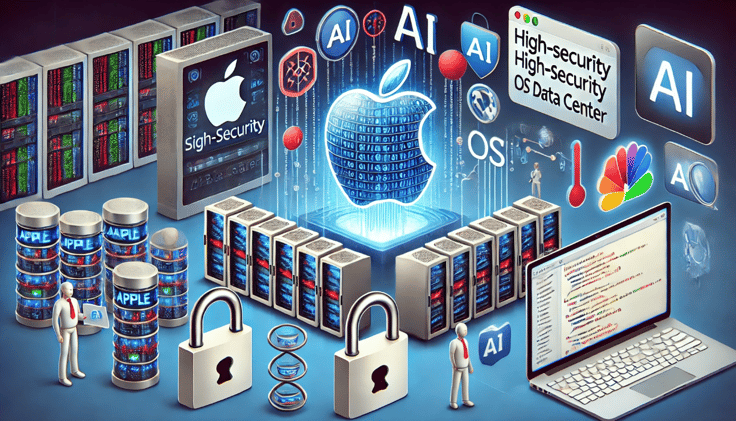In a groundbreaking achievement that marks a significant milestone in the field of robotics, engineers at Columbia University have created a robot hand that boasts unprecedented dexterity and sensitivity. This marvel of modern technology has successfully demonstrated its ability to perform complex tasks without relying on visual input, operating effectively in the dark just like our own hands.
A New Era in Robotics: Breaking Free from Visual Dependency
Traditionally, robotic manipulators have been limited to basic "pick and place" operations, with more intricate tasks remaining the exclusive domain of human hands. However, the remarkable feat achieved by the Columbia engineers promises to revolutionize this narrative, paving the way for a future where machines can perform complex tasks with ease.
Researchers at Columbia University: Pioneers in Robotics and AI
The team of researchers at Columbia University has developed a dexterous robotic hand capable of intricate manipulation tasks without relying on visual input. Utilizing advanced tactile sensors and reinforcement learning algorithms, the robotic hand learns to manipulate a variety of objects, demonstrating a significant advancement in robotics and AI.
Dr. Kevin Washington: A Visionary in Robotics and AI
Imagine a robot hand delicately manipulating objects, executing a large rotation of an unevenly shaped object in its grip, while maintaining a stable, secure hold. That’s precisely what this robotic hand can do. And it does so without any visual feedback, relying solely on touch sensing.
The Secret to the Robot Hand’s Success: A Combination of Innovations
So, how is this possible? The answer lies in the combination of two key innovations:
Advanced Sense of Touch
The first innovation is an advanced sense of touch achieved through optics-based tactile robot fingers designed by the same team. These sensors enable the robot hand to perceive and respond to its environment with remarkable accuracy.
Motor Learning Algorithms
The second innovation is the application of motor learning algorithms, which enables the robot hand to "learn" new physical tasks through practice. This type of machine learning allows the robot hand to make decisions by trial and error, refining its skills over time.
Reinforcement Learning: The Key to Unlocking Robot Hand’s Potential
Reinforcement learning plays a central role in this development. The robot hand uses simulation as a training ground, allowing it to complete approximately a year’s worth of practice in mere hours. The skills learned in the simulated environment are then transferred to the real robot hand, enabling it to perform complex tasks with ease.
Implications: A Bright Future for Robotics and AI
The implications of this development are far-reaching and tremendously exciting. Robots with such high levels of dexterity could drastically improve efficiency in logistics and material handling, advanced manufacturing, and assembly in factories. This could potentially alleviate supply chain issues that have been a persistent challenge in recent years.
A Future Where Robots Are Partners, Not Tools
As we move toward an era where AI and robotics become increasingly integrated into our everyday lives, advances like these bring us one step closer to a future where robots are not just tools but partners capable of sophisticated tasks. However, despite this significant advancement, we are still some distance away from achieving the finesse and versatility of the human hand.
The Future of Robotics: A Glimpse of What’s Possible
With this development, Columbia’s engineers have shown us a glimpse of what’s possible, and it is indeed promising. As we continue to explore the fusion of abstract intelligence (the kind we see in large language models like OpenAI’s GPT-4 or Google’s PALM) with embodied intelligence (dexterity in manipulation as demonstrated in this study), the future of robotics looks brighter than ever.
A Robot That Understands Your Command and Makes It for You
The day may not be far when a robot not only understands your command to make a sandwich but also physically makes it for you! The possibilities are endless, and the future is indeed at hand.
Conclusion: A Significant Leap in Robotics and AI
In conclusion, the Columbia team’s highly dexterous robot hand represents a significant leap in robotics and AI, bringing us closer to a future where machines can do more than we ever thought possible. As we continue to innovate and advance, one thing is clear – the future is indeed at hand.
References:
- Highly Dexterous Robot Hand Can Operate in the Dark — Just Like Us | Columbia Engineering 2303.03486.pdf
- Sampling Based Exploration for Reinforcement Learning of Dexterous Manipulation (columbia.edu)



